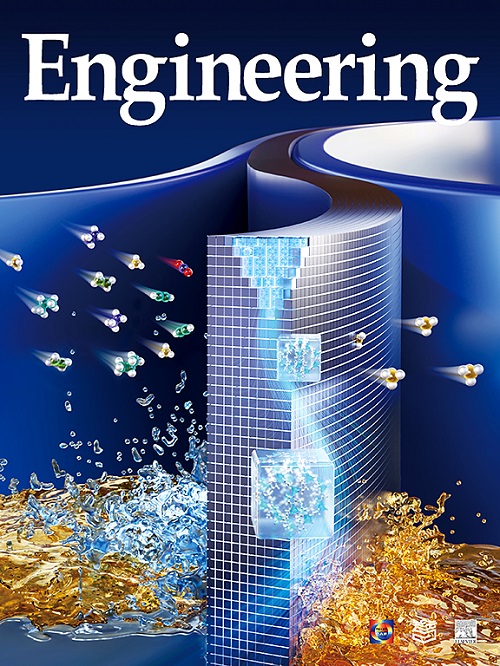Anti-Senescent Biomaterials for Breaking Intervertebral Disc Degeneration
IF 10.1
1区 工程技术
Q1 ENGINEERING, MULTIDISCIPLINARY
引用次数: 0
Abstract
Intervertebral disc degeneration (IVDD) is a leading cause of chronic lower back pain, affecting a significant portion of the global population. Traditional treatments, including drug administration and surgery, focus primarily on symptom relief but fail to address the underlying pathological mechanisms of IVDD. Extracellular matrix (ECM) degradation is closely related to the senescence of nucleus pulposus cells (NPCs) caused by highly levels of inflammation, overproduction of reactive oxygen species (ROS), DNA damage, low levels of autophagy, and the acidic microenvironment in the disc. This review explores the pathogenesis of IVDD mediated by NPC senescence, summarizes recent advances in biological therapy, and highlights the latest developments in antisenescent biomaterials. These biomaterials have the potential to delay disc degeneration by clearing senescent cells, inhibiting oxidative stress and inflammation, activating autophagy, and modulating the acidic microenvironment of the disc. A deeper understanding of the molecular mechanisms underlying IVDD, coupled with the design of more effective antisenescent biomaterials, offers promising avenues for optimizing therapeutic outcomes and improving patients’ quality of life.抗衰老生物材料治疗椎间盘退变
椎间盘退变(IVDD)是慢性下背部疼痛的主要原因,影响着全球很大一部分人口。传统的治疗方法,包括药物和手术,主要侧重于症状缓解,但未能解决IVDD的潜在病理机制。细胞外基质(Extracellular matrix, ECM)降解与髓核细胞(nucleus pulposus cells, NPCs)的衰老密切相关,而NPCs的衰老是由高水平的炎症、活性氧(reactive oxygen species, ROS)的过量产生、DNA损伤、低水平的自噬和椎间盘内酸性微环境引起的。本文综述了鼻咽癌衰老介导IVDD的发病机制,总结了生物治疗的最新进展,并重点介绍了抗衰老生物材料的最新进展。这些生物材料有可能通过清除衰老细胞、抑制氧化应激和炎症、激活自噬和调节椎间盘的酸性微环境来延缓椎间盘退变。更深入地了解IVDD的分子机制,再加上设计更有效的抗衰老生物材料,为优化治疗结果和改善患者的生活质量提供了有希望的途径。
本文章由计算机程序翻译,如有差异,请以英文原文为准。
求助全文
约1分钟内获得全文
求助全文
来源期刊

Engineering
Environmental Science-Environmental Engineering
自引率
1.60%
发文量
335
审稿时长
35 days
期刊介绍:
Engineering, an international open-access journal initiated by the Chinese Academy of Engineering (CAE) in 2015, serves as a distinguished platform for disseminating cutting-edge advancements in engineering R&D, sharing major research outputs, and highlighting key achievements worldwide. The journal's objectives encompass reporting progress in engineering science, fostering discussions on hot topics, addressing areas of interest, challenges, and prospects in engineering development, while considering human and environmental well-being and ethics in engineering. It aims to inspire breakthroughs and innovations with profound economic and social significance, propelling them to advanced international standards and transforming them into a new productive force. Ultimately, this endeavor seeks to bring about positive changes globally, benefit humanity, and shape a new future.
 求助内容:
求助内容: 应助结果提醒方式:
应助结果提醒方式:


